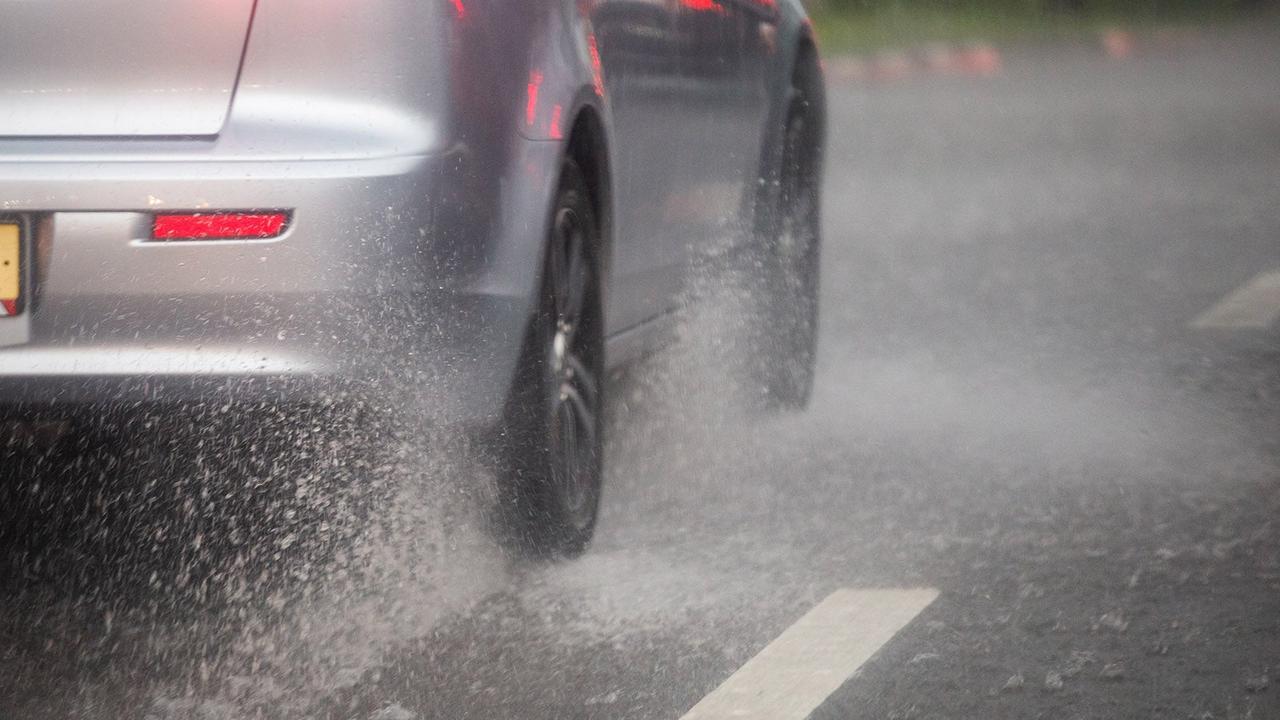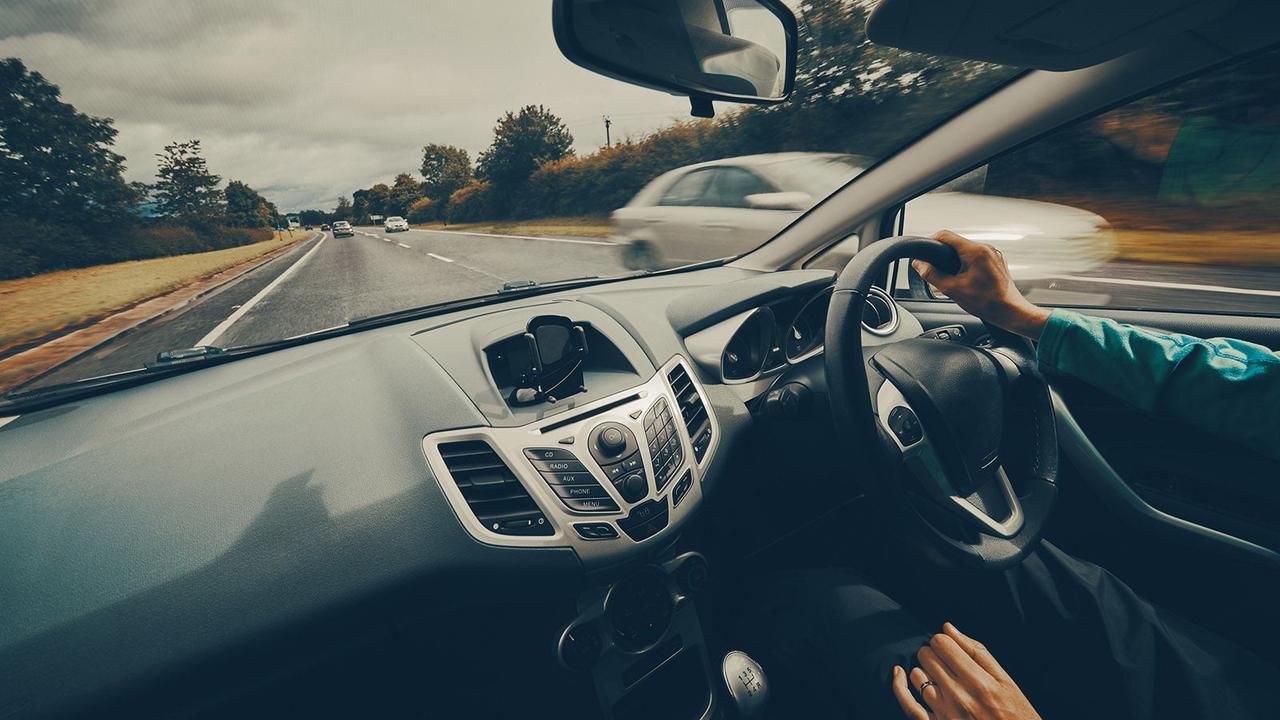Skidding happens when your car’s wheels lose grip on the road surface. At best, it’ll give you a little shock and a warning that you should slow down but, if you’re going way too fast for conditions, it could lead to a serious accident.
Hopefully, you’ve found this guide before you need to use any of its advice in the real world. We’ll talk you through what a skid is, how it happens and how you should react to regain control.
What should you do if your car skids?

It’s something of a cliché, but the first thing you should try to do is not panic. A clear head will let you assess the situation and respond safely, hopefully avoiding any more serious consequences. Panicking can lead you to make harsh inputs to the controls, such as jabbing the brakes, which could make the skid worse.
Gentle use of the steering wheel and pedals is essential if your car skids. Training your muscle memory to point the steering wheel in the direction you want to travel while making very calm and measured inputs on the pedals will give you the best chance of regaining control.
How to control a skidding car

You have two main controls in your car that you’ll need to think about if it starts to skid. The first is the steering wheel. As the skid starts to point your car in a direction other than the way you’re travelling, you’ll want to turn the steering wheel in the direction you want the car to be going – sometimes known as counter-steering, or steering ‘into’ the skid.
The other controls are the pedals, specifically the brake and the accelerator. Your immediate reaction to a skid might be to immediately jump off the accelerator and stand on the brakes, but there’s a good chance this could make the skid worse by locking your wheels or upsetting your car’s balance. Instead, you’ll want to gently ease off the accelerator, rather than rapidly closing it, and avoid braking until you’ve got the car pointed in the direction you want to go.
Once your car is back in line, you can use the brakes slightly more firmly – again, being careful not to jab at them – to bring your car down to a safe speed for the conditions. If you’re feeling a little shaken by the experience – and we don’t blame you – consider pulling over somewhere safe to take a few minutes to regain your composure before carrying on with your journey.
What causes a skid?

Save for very rare situations where oil or a similarly slippery fluid gets released onto the road surface, skids are almost always caused by driving too fast for the conditions. Modern cars are so comfortable and capable that it’s easy to assume they perform just as well in the rain or the snow as they do when it’s dry. This can lead to complacency as drivers fail to adjust their driving style and speed to the conditions.
Skids are often referred to as oversteer – this describes the situation when the tyres on a car’s rear axle lose grip with the road. During oversteer, the back of the car can act like the weight on a pendulum and begin to swing around if you attempt to steer through a corner. This is where counter-steering and gentle control inputs are needed to get the car pointed the right way again.
How to stop your car from skidding

The first and most vital piece of advice to avoid a skid is to make sure you’re travelling at a safe speed for the conditions. Naturally, this means never exceeding the posted speed limit, but also being aware that you might need to drive substantially slower than the limit if bad weather or other factors make that speed unsafe. Keep a watchful eye on the road surface too – patches of water, ice or snow can easily cause a skid so spotting them early can save you a scary moment.
You should also make sure your car is in good mechanical condition. The most critical part of this equation is your tyres – make sure they have lots of tread remaining across the full tyre width, are correctly inflated and haven’t perished from old age. If you do a lot of driving in colder months or conditions, consider equipping your car with good-quality all-season or winter tyres.
Find a road-hugging nearly new car
All modern cars come with a suite of onboard tech to keep you going in the direction you intend. Find a great nearly new car for sale at Motorpoint. For some inspiration, check out our picks for the best SUVs you can buy.



































